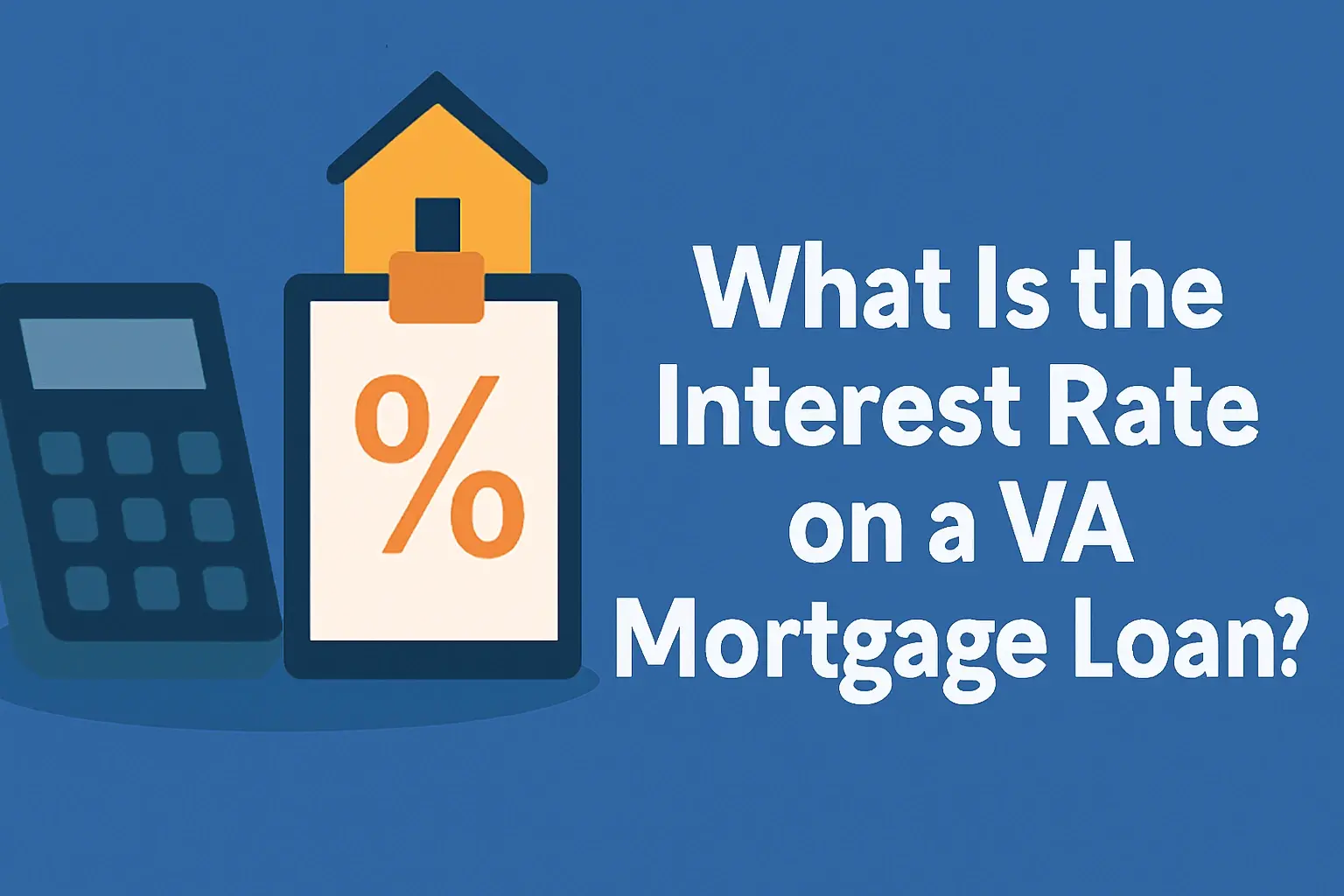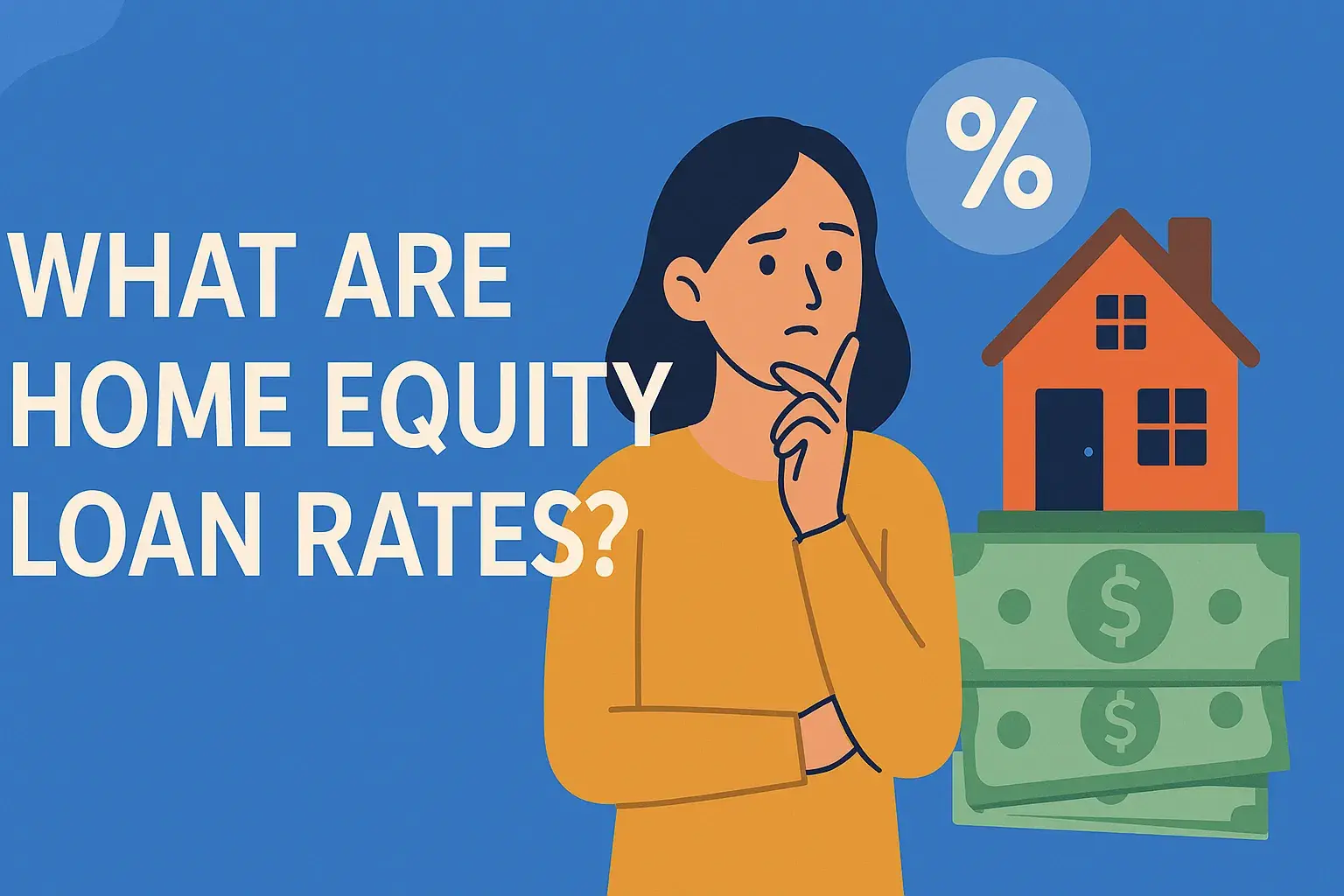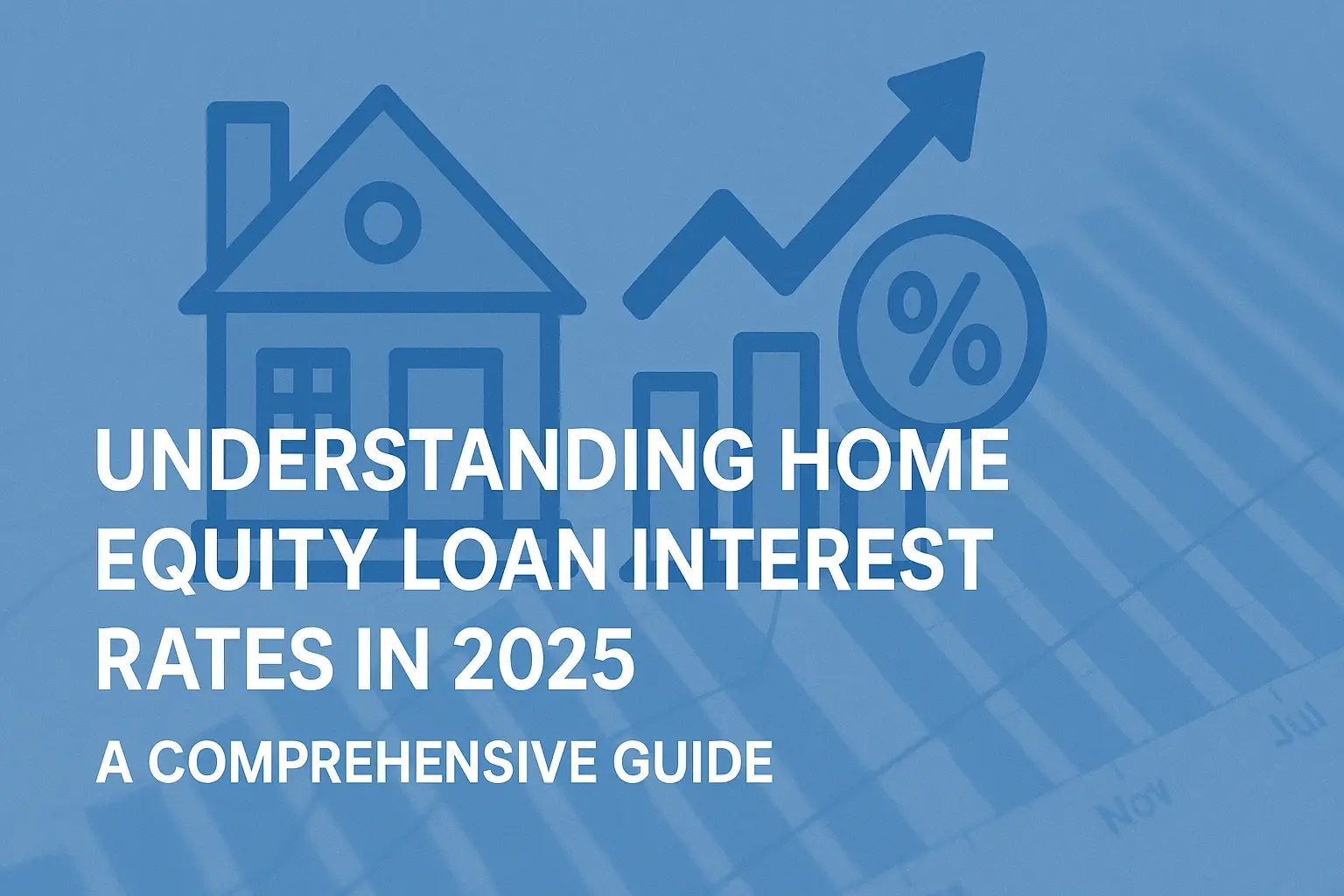-
Posted on: 23 Aug 2024

-
Buying your first home is a significant milestone, filled with excitement and, let's be honest, a bit of apprehension. One of the biggest hurdles for first-time homebuyers is securing a mortgage. The process can seem daunting, with unfamiliar terms, mountains of paperwork, and the sheer weight of the financial commitment. This guide is designed to demystify the process, providing you with a clear roadmap to successfully obtaining a home loan and achieving your dream of homeownership.
Step 1: Assess Your Financial Situation
Before you even start browsing listings, it's crucial to understand your current financial standing. This self-assessment will inform your budget and help you determine how much you can realistically afford.
A. Check Your Credit Score
Your credit score is a critical factor in determining your eligibility for a home loan and the interest rate you'll receive. A higher credit score typically translates to lower interest rates, saving you thousands of dollars over the life of the loan.
- Obtain your credit reports: You are entitled to a free credit report from each of the three major credit bureaus (Equifax, Experian, and TransUnion) annually. Visit www.annualcreditreport.com.
- Review your reports carefully: Look for any errors, inaccuracies, or outdated information. Dispute any incorrect information with the credit bureau immediately.
- Understand your credit score range: A FICO score, the most commonly used credit scoring model, ranges from 300 to 850. Generally, a score of 740 or higher is considered excellent, while a score below 620 may make it difficult to qualify for a mortgage.
- Improve your credit score: If your credit score needs improvement, focus on paying your bills on time, reducing your credit card balances, and avoiding opening new credit accounts.
B. Calculate Your Debt-to-Income Ratio (DTI)
Your DTI is the percentage of your gross monthly income that goes towards paying your debts. Lenders use DTI to assess your ability to manage monthly mortgage payments along with your existing financial obligations. A lower DTI is generally more favorable.
Calculate your DTI:
- Add up all your monthly debt payments, including credit card bills, student loans, auto loans, and any other recurring debts.
- Divide your total monthly debt payments by your gross monthly income (income before taxes).
- Multiply the result by 100 to express it as a percentage.
For example, if your total monthly debt payments are $1,500 and your gross monthly income is $5,000, your DTI is 30%.
Lenders generally prefer a DTI of 43% or lower. Some lenders may accept a higher DTI, but you may face higher interest rates or stricter loan terms.
C. Determine Your Savings and Down Payment
A down payment is the amount of money you pay upfront when purchasing a home. The standard down payment is often 20% of the home's purchase price, but there are loan programs available that require much less (even as low as 3% or 0% in some cases).
- Calculate your current savings: Determine how much you have saved specifically for a down payment. Consider all sources, including savings accounts, investment accounts, and any potential gifts or grants.
- Research down payment assistance programs: Many states and local governments offer down payment assistance programs for first-time homebuyers. These programs can provide grants or low-interest loans to help you cover the down payment and closing costs.
- Consider the pros and cons of a smaller down payment: While a smaller down payment makes homeownership more accessible, it also means you'll have a larger loan balance, which will result in higher monthly payments and potentially higher interest rates over the life of the loan. You may also be required to pay Private Mortgage Insurance (PMI) until you reach a certain equity threshold in your home.
Step 2: Get Pre-Approved for a Mortgage
Getting pre-approved for a mortgage is a crucial step in the home-buying process. It demonstrates to sellers that you are a serious and qualified buyer, giving you a competitive edge in the market.
A. Find a Lender
There are several types of lenders to choose from, including banks, credit unions, and mortgage brokers. Each offers different advantages and disadvantages.
- Banks: Offer a wide range of financial services, including mortgages. They may offer competitive interest rates and personalized service.
- Credit Unions: Often have lower fees and more flexible lending requirements than banks. Membership may be required.
- Mortgage Brokers: Work with multiple lenders, allowing them to shop around for the best interest rates and loan terms for your specific situation.
Shop around and compare rates and terms from multiple lenders to ensure you're getting the best deal. Don't be afraid to negotiate!
B. Gather Required Documentation
Lenders will require various documents to verify your income, assets, and credit history. Be prepared to provide the following:
- Proof of Income: Pay stubs, W-2 forms, tax returns (typically the last two years)
- Bank Statements: Recent bank statements to verify your savings and assets.
- Identification: Driver's license or other government-issued photo ID.
- Credit Report: The lender will typically pull your credit report, but it's good to have your own copy for reference.
- Other Documents: May include gift letters (if receiving financial assistance from family), divorce decrees (if applicable), and proof of employment.
C. Understand Pre-Approval vs. Pre-Qualification
It's important to understand the difference between pre-qualification and pre-approval.
- Pre-qualification: An initial assessment of your financial situation based on limited information. It's a rough estimate of how much you might be able to borrow.
- Pre-approval: A more thorough assessment based on verified documentation. It provides a conditional commitment from the lender to provide you with a mortgage up to a certain amount. Pre-approval carries more weight and is highly recommended.
Step 3: Understand Loan Options
There are several types of mortgage loans available, each with its own features and benefits. Understanding your options will help you choose the loan that best suits your needs and financial situation.
A. Conventional Loans
Conventional loans are not insured or guaranteed by the government. They typically require a higher credit score and a larger down payment than government-backed loans.
- Pros: Can be used for a wider variety of properties, may offer lower interest rates for borrowers with excellent credit.
- Cons: Stricter qualification requirements, typically require a larger down payment, may require Private Mortgage Insurance (PMI) if the down payment is less than 20%.
B. FHA Loans
FHA loans are insured by the Federal Housing Administration (FHA). They are designed to help first-time homebuyers and those with lower credit scores purchase a home. They require an upfront mortgage insurance premium (UFMIP) and annual mortgage insurance premiums (MIP) paid monthly.
- Pros: Lower credit score requirements, smaller down payment (as low as 3.5%), more flexible qualification requirements.
- Cons: Requires upfront and annual mortgage insurance premiums (MIP), loan limits may be lower than conventional loans.
C. VA Loans
VA loans are guaranteed by the Department of Veterans Affairs (VA). They are available to eligible veterans, active-duty military personnel, and surviving spouses. VA loans offer many benefits, including no down payment requirement and no private mortgage insurance (PMI).
- Pros: No down payment required, no PMI, often lower interest rates, easier qualification requirements.
- Cons: Available only to eligible veterans, active-duty military personnel, and surviving spouses, requires a funding fee.
D. USDA Loans
USDA loans are guaranteed by the U.S. Department of Agriculture (USDA). They are available to eligible homebuyers in rural and suburban areas. USDA loans offer no down payment requirement.
- Pros: No down payment required, lower interest rates, designed for rural areas.
- Cons: Property must be located in a USDA-eligible area, income limits may apply.
E. Fixed-Rate vs. Adjustable-Rate Mortgages (ARMs)
Understanding the difference between fixed-rate and adjustable-rate mortgages is crucial for making an informed decision.
- Fixed-Rate Mortgages: The interest rate remains the same throughout the life of the loan, providing predictable monthly payments.
- Adjustable-Rate Mortgages (ARMs): The interest rate is initially fixed for a certain period, then adjusts periodically based on a benchmark index. ARMs may offer lower initial interest rates, but the rate can increase over time.
Step 4: Find Your Dream Home
Now that you're pre-approved and understand your loan options, it's time to start your home search! Work with a reputable real estate agent who understands your needs and budget. Consider factors like location, schools, commute, and amenities.
A. Work with a Real Estate Agent
A good real estate agent can be an invaluable resource during the home-buying process. They can help you find properties that meet your criteria, negotiate offers, and navigate the complexities of the real estate transaction.
B. Attend Open Houses and Schedule Showings
Attend open houses and schedule showings to get a feel for different properties and neighborhoods. Take notes on the pros and cons of each property to help you narrow down your options.
C. Make an Offer
Once you've found a home you love, your real estate agent will help you prepare an offer. The offer will include the purchase price, contingencies (such as a home inspection contingency), and the closing date.
Step 5: The Loan Approval Process
After your offer is accepted, the lender will begin the formal loan approval process. This involves verifying your information, ordering an appraisal of the property, and underwriting the loan.
A. Loan Underwriting
Loan underwriting is the process of evaluating your financial risk and determining whether to approve your loan. The underwriter will review your credit history, income, assets, and the appraisal of the property.
B. Appraisal
The lender will order an appraisal of the property to determine its fair market value. The appraisal ensures that the lender is not lending more than the property is worth.
C. Final Approval
If the underwriting and appraisal are satisfactory, the lender will issue final loan approval. You will then receive a loan commitment, which outlines the terms and conditions of the loan.
Step 6: Closing the Loan
Closing is the final step in the home-buying process. It's when you sign the loan documents, pay closing costs, and receive the keys to your new home.
A. Review the Closing Disclosure
The lender will provide you with a Closing Disclosure at least three days before closing. The Closing Disclosure outlines all the terms of the loan, including the interest rate, monthly payments, and closing costs. Review the Closing Disclosure carefully and ask your lender any questions you have.
B. Pay Closing Costs
Closing costs are fees associated with the purchase of your home. They typically include lender fees, title insurance, appraisal fees, and recording fees. Be prepared to pay these costs at closing.
C. Sign the Loan Documents
At closing, you will sign the loan documents, including the mortgage note and the deed of trust. These documents legally obligate you to repay the loan according to the agreed-upon terms.
D. Receive the Keys!
Congratulations! Once you've signed the loan documents and paid closing costs, you'll receive the keys to your new home. It's time to celebrate your accomplishment!








